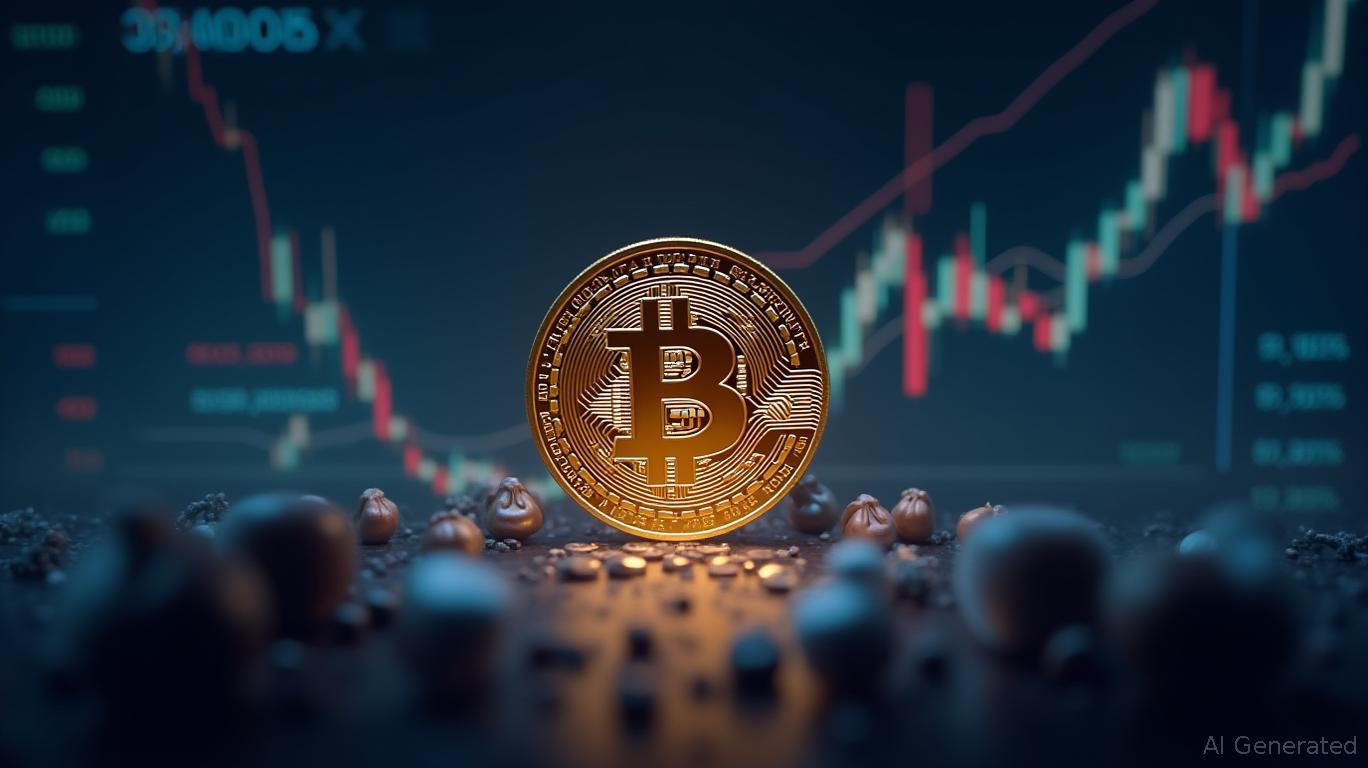Warren Buffett’s Energy Shift: Why Utilities May Not Be His Top Play in 2025
Warren Buffett’s recent portfolio moves have sent ripples through markets, signaling a strategic pivot from tech to energy. But what about utilities—a historically stable sector? The Moomoo Community’s analysis reveals that while utilities fit Buffett’s defensive investing philosophy, they’re not a focal point of his 2025 strategy. Instead, he’s betting big on oil, batteries, and inflation-resistant assets. Here’s why utilities might be losing their luster—and what investors should consider.
Buffett’s Energy Play: A Contrarian Bet on Oil
Buffett’s $10 billion subordinated loan to Occidental Petroleum (OXY) and subsequent stock purchases highlight his contrarian view of oil prices. Despite a potential Trump-led price drop to $60–65/barrel by 2025, the Moomoo forecast projects Brent crude stabilizing at $85–90/barrel, driven by OPEC+ discipline, Chinese demand, and constrained shale output.
This alignment with oil’s floor price ensures Occidental’s profitability remains intact. The company’s low-cost shale assets and debt-restructured balance sheet position it as a winner in a low-price environment, offering a $50 billion valuation upside if prices stay within the predicted range.
Why Utilities Take a Backseat in 2025
While utilities are traditionally seen as a “defensive” sector—offering stable cash flows and dividends—Buffett’s 2025 portfolio avoids them for three key reasons:
Scale and Growth Constraints:
Utilities like Black Hills Corporation (BKH) may offer a 4.4% dividend yield (vs. the S&P 500’s 1.3%), but their small market caps (e.g., BKH’s $4.4B valuation) lack the size to move the needle for Berkshire’s $1.1 trillion conglomerate.
Competing Opportunities:
Buffett’s cash reserves ($334B by late 2024) are prioritized for high-yield, inflation-resistant assets like Japan’s trading companies (e.g., Mitsui & Co.) and battery tech leader BYD (BYDDY), which offers a 95% gross margin. Utilities, while reliable, don’t match the growth potential of these sectors.Regulatory and Market Risks:
Utilities often operate in tightly regulated environments with capped profit margins. The Moomoo analysis notes that while this ensures stability, it also limits upside in a high-growth scenario—a trade-off Buffett may deem unfavorable.
The Case for Utilities as a Diversification Tool
Even if Buffett isn’t doubling down on utilities, the sector retains value for individual investors seeking defensive exposure. The Motley Fool highlights Black Hills (BKH) as a “Dividend King” with 55 consecutive annual payout increases. Its 3x faster customer growth than the U.S. population and regulatory-approved rate hikes position it to deliver 4–6% annual earnings growth.
For retail investors, pairing a utility like BKH with Buffett’s core holdings (e.g., Chevron, BYD) could balance risk. Utilities’ low volatility and steady income act as a hedge against energy’s cyclical swings.
Risks and the Buffett Paradox
Buffett’s strategy isn’t without risks. A sharper-than-expected global slowdown or a prolonged oil price drop below $60/barrel could pressure Occidental’s valuation. Meanwhile, utilities’ slow-and-steady growth offers insulation against such volatility.
The paradox? Buffett’s focus on oil and tech divestitures (e.g., Apple) reflects a belief that energy’s recovery will outpace utilities’ defensive appeal. Yet, his own cash-heavy position (50% of Berkshire’s portfolio) suggests he’s prepared to pounce on undervalued assets—including utilities—should market corrections arise.
Conclusion: Follow Buffett’s Philosophy, Not Just His Portfolio
Buffett isn’t dismissing utilities outright; he’s prioritizing sectors with asymmetric upside. For investors, the lesson is clear: utilities remain a defensive staple but may not offer the growth Buffett seeks in 2025.
- Buffett’s Edge: His $334B cash reserves allow selective bets on high-yield, inflation-resistant assets (e.g., BYD’s batteries, Japan’s trading firms). Utilities lack the scale to compete.
- The Data: Black Hills’ 4.4% dividend yield and 55-year dividend streak align with Buffett’s value principles, but its small size limits Berkshire’s interest.
- The Play: Pair utilities like BKH with energy and tech winners to balance risk.
In 2025, Buffett’s energy bet is a calculated gamble on oil’s resilience. Utilities, while steady, are a supporting act—not the star—of his strategy. For now, investors should heed his cash-heavy stance and focus on diversification.









